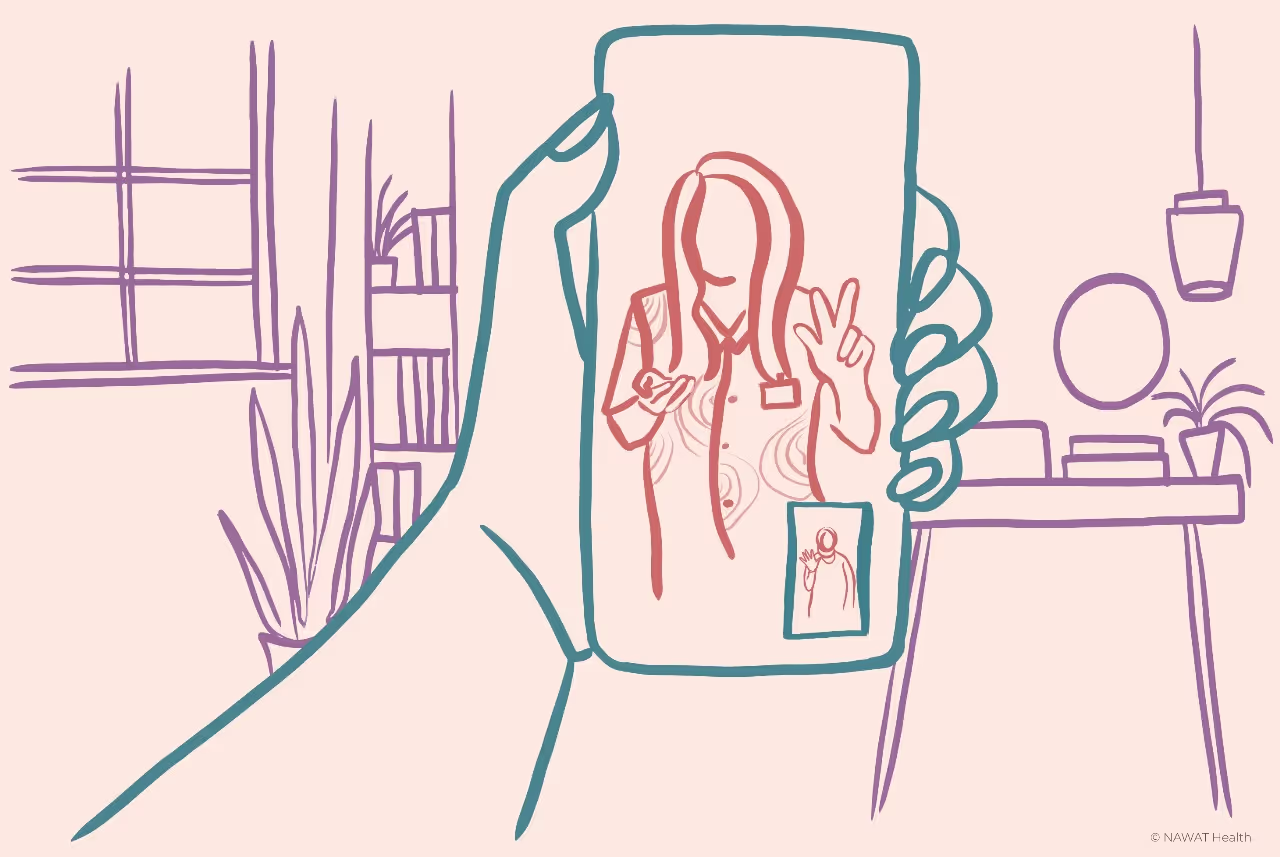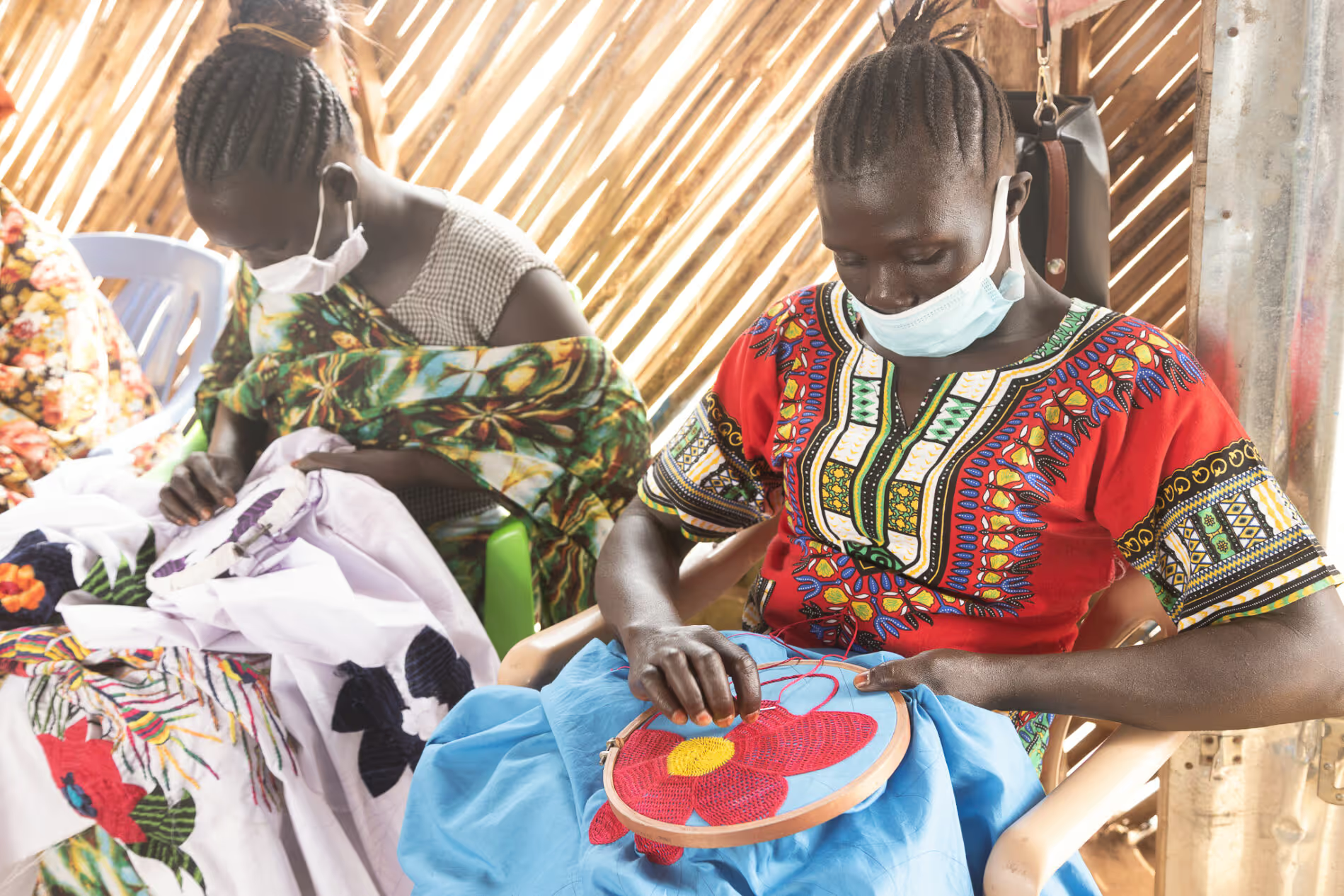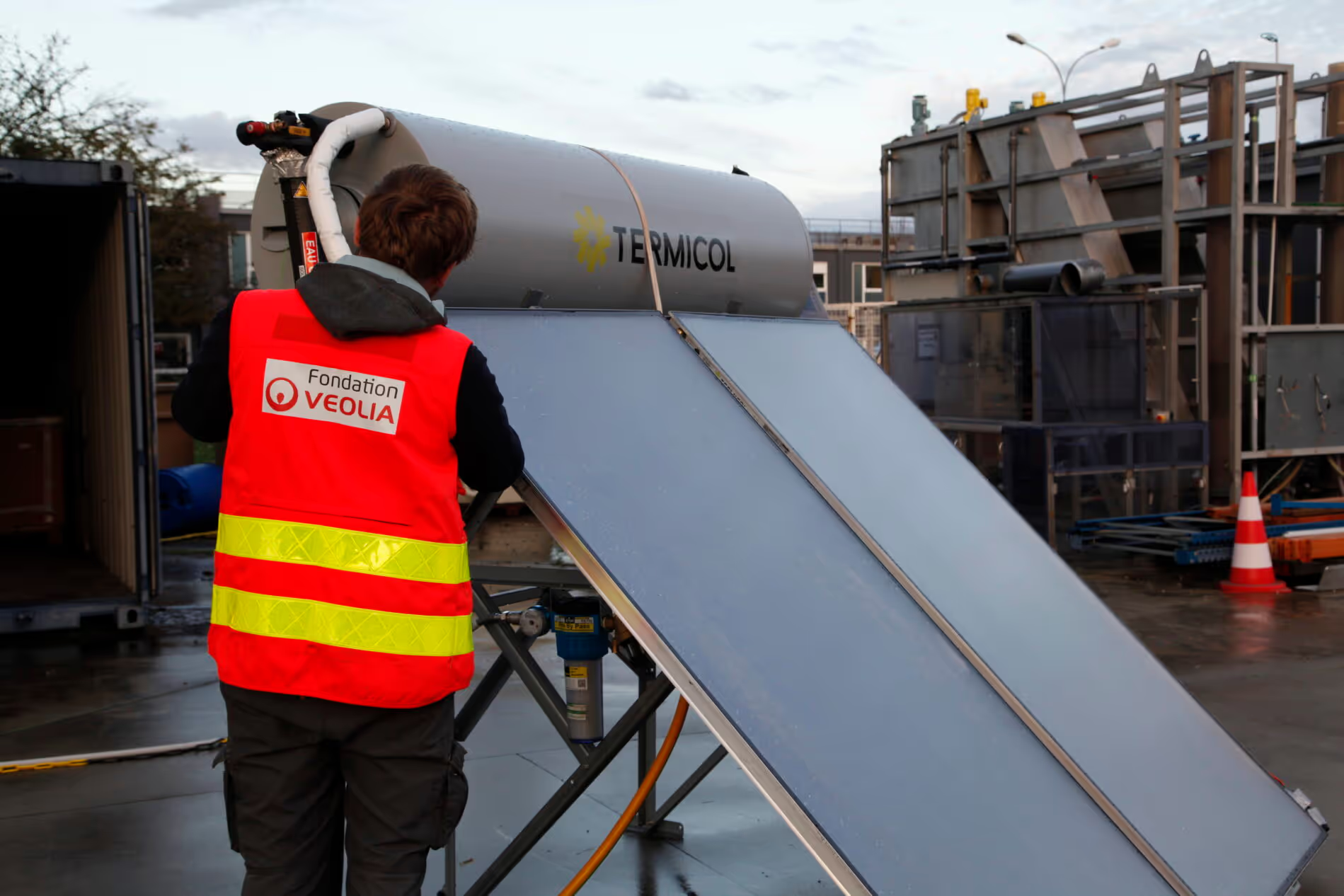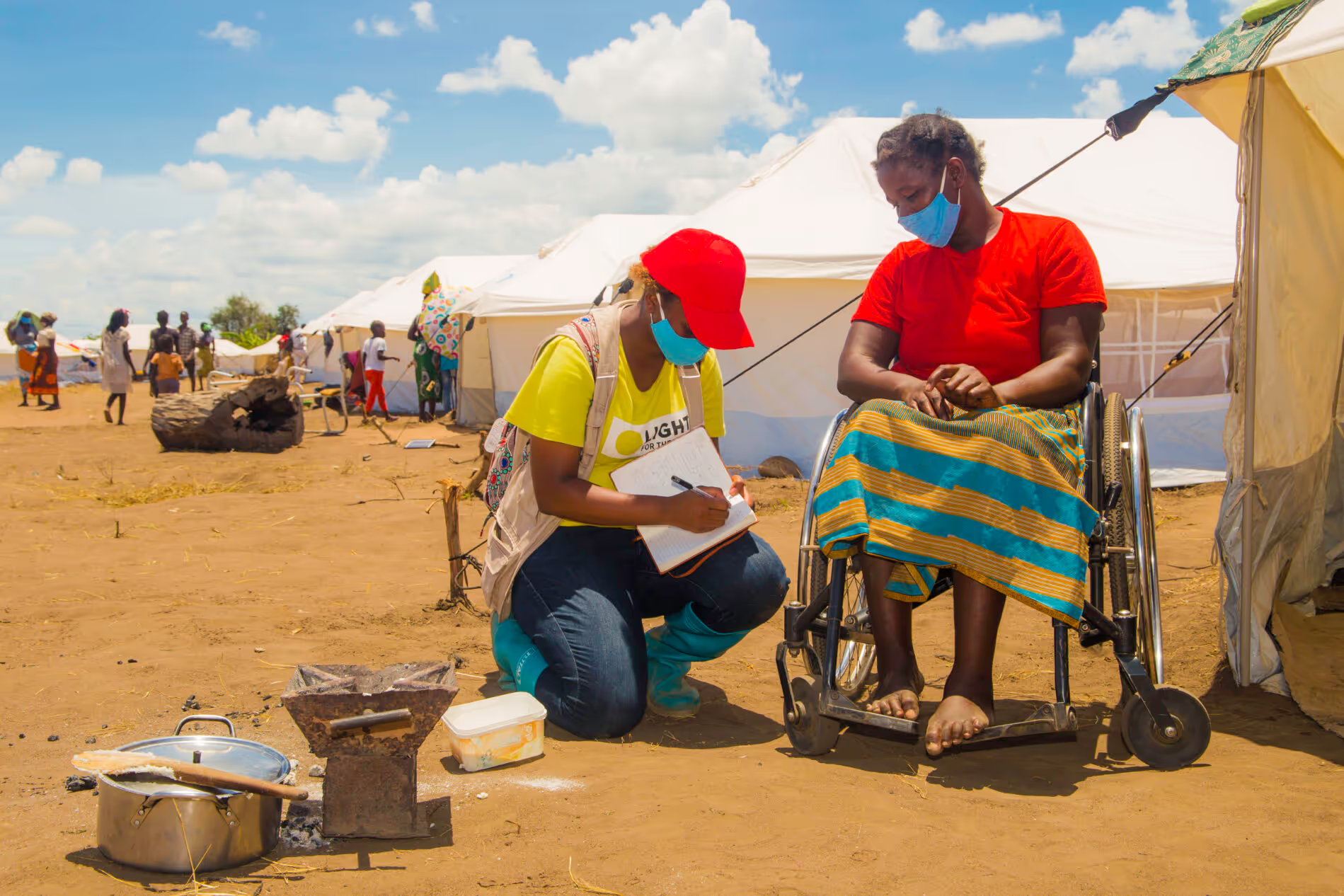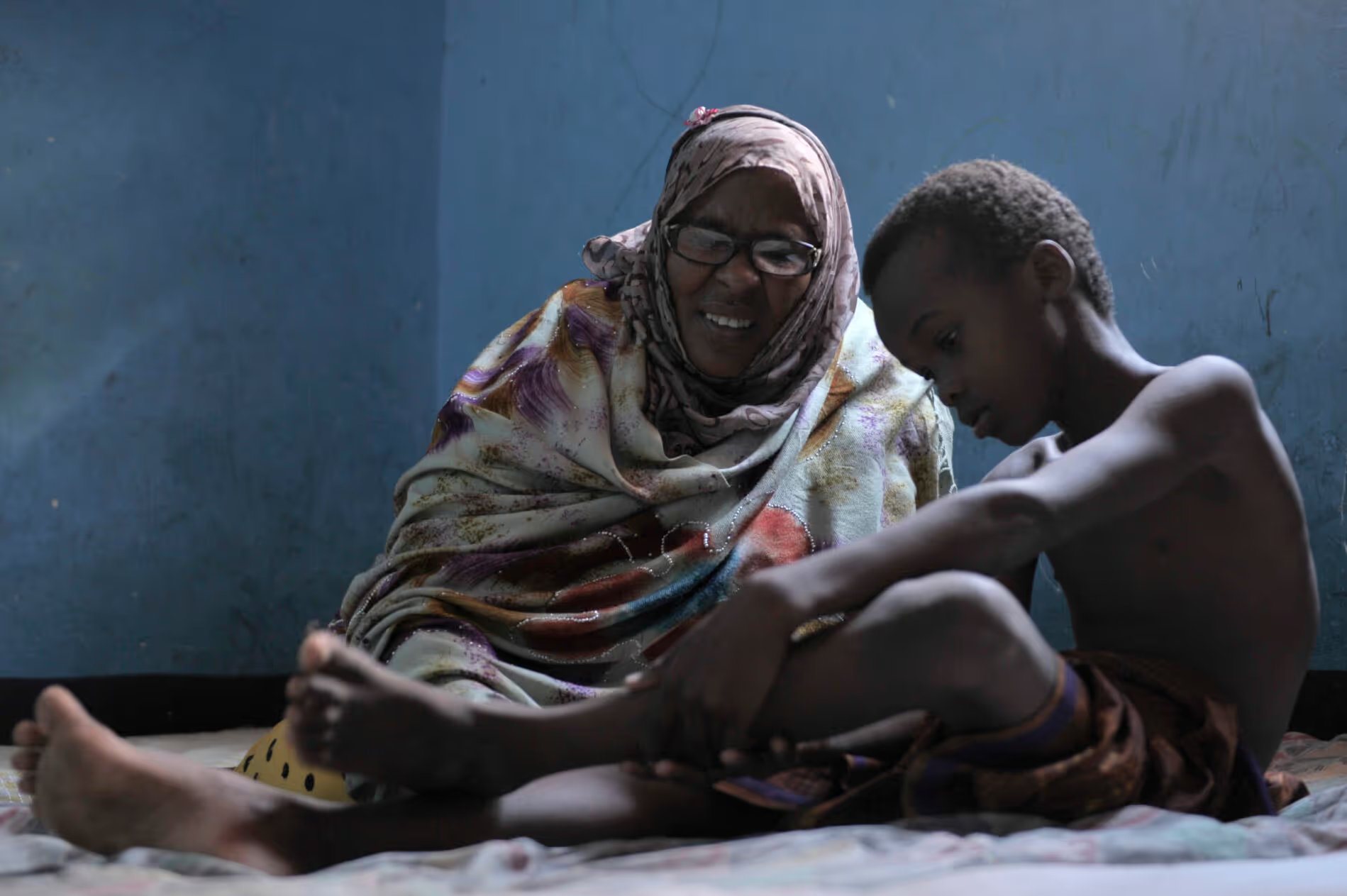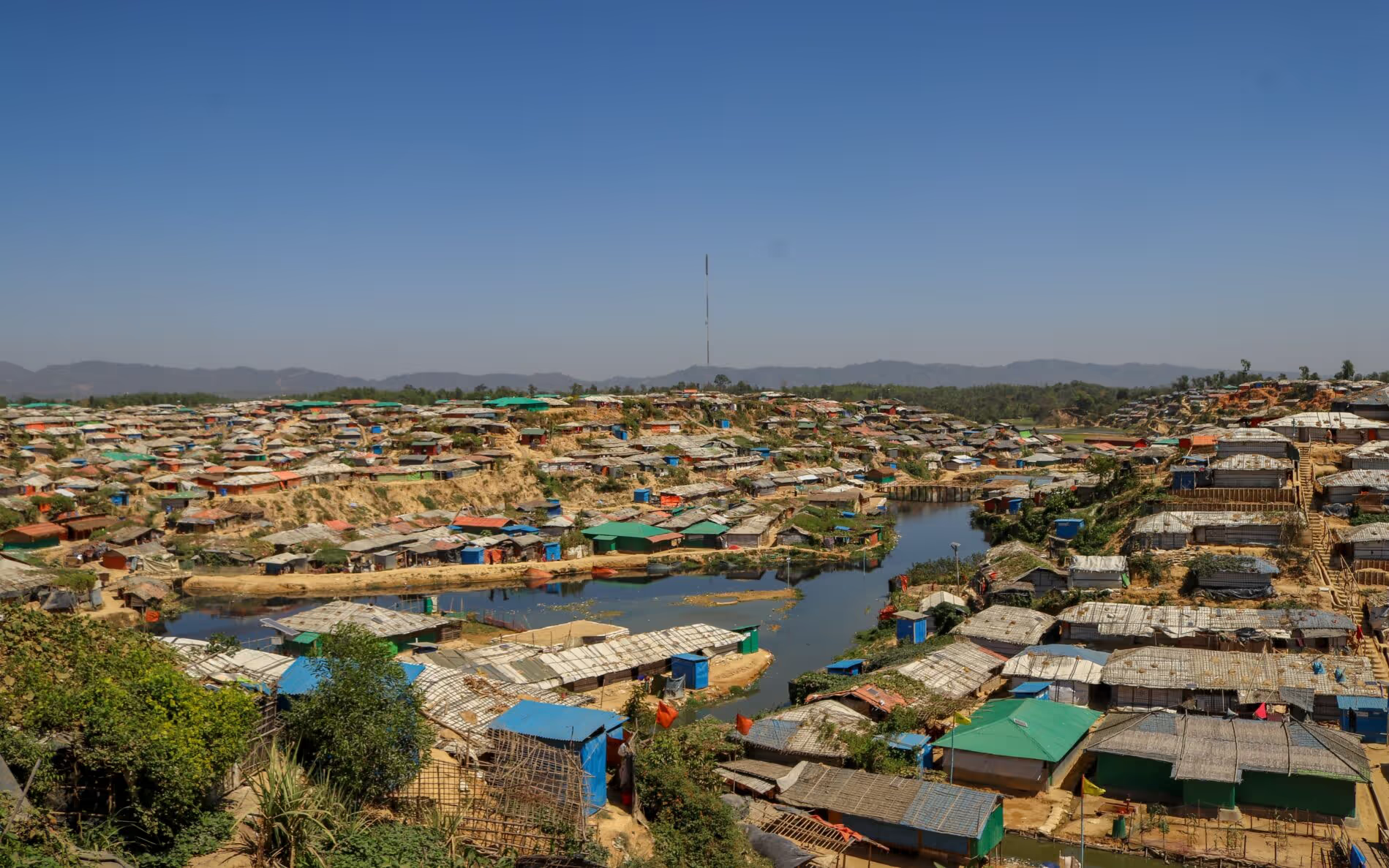TechGBV: Transforming SGBV Learning through Interactive Technology
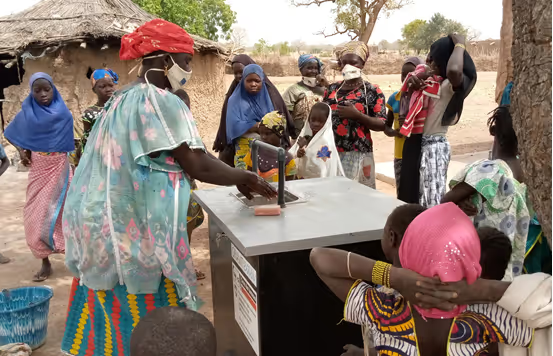
Project overview
This initiative in Iraq harnesses the power of Virtual Reality and E-learning to empower non-specialists. Striving to reduce biases, strengthen prevention skills, and provide enhanced support, this project addresses critical gaps in Gender-Based Violence prevention and risk mitigation efforts.
Project solution
This project offers [specific solution or intervention] to tackle [challenge]. By implementing [strategies, tools, or innovations], the project aims to achieve [desired outcomes]. The approach is designed to [specific actions or methods] to bring about meaningful change in [community, region, or issue area].
Expected outcomes
This project aims to achieve [specific outcomes], such as [measurable results, improvements, or changes]. The expected impact includes [benefits to the target community, advancements in research or innovation, or long-term effects]. By the end of the project, we anticipate [specific changes or milestones] that will contribute to [broader goals or objectives].
...this approach revolutionizes existing humanitarian practices by providing immersive, hands-on training that goes beyond traditional classroom methods."
What is the Humanitarian Need being Addressed?
This pilot project in Iraq tackles the pressing humanitarian need for enhanced Gender Based Violence (GBV) prevention and mitigation. It targets gaps in knowledge and support for implementing GBV mitigation activities, while also addressing internal biases around gender and power dynamics.
Through the innovative use of Virtual Reality (VR) technology and E-learning, non-specialist teams will receive comprehensive GBV training. This training aims to equip them with the skills to recognize and address biases, improve GBV prevention capabilities, and provide effective support to individuals affected by GBV. Ultimately, the project seeks to create safer environments and strengthen GBV response mechanisms in humanitarian contexts.
What is the innovative solution and how will it improve existing humanitarian practice?
The innovative solution integrates VR technology and E-learning to enhance GBV prevention practices among non-specialist teams in Iraq. By leveraging VR simulations and interactive E-learning modules, participants can immerse themselves in realistic scenarios, developing practical skills to recognize, address biases, and respond effectively to GBV incidents.
This approach revolutionizes existing humanitarian practices by providing immersive, hands-on training that goes beyond traditional classroom methods. It offers a safe environment for learners to practice responses, fostering greater confidence and competence in GBV prevention and mitigation efforts. Additionally, the use of technology enables scalability and accessibility, reaching a wider audience of non-specialists who may not have access to comprehensive training programs otherwise.
Ultimately, the innovative solution not only equips humanitarian workers with the necessary tools to address GBV effectively but also sets out a model for incorporating technology-driven approaches to enhance humanitarian practice globally.
What are the expected outcomes?
The expected outcomes of the research, field testing, and prototyping include a refined understanding of the effectiveness of VR and E-learning in GBV prevention and mitigation. Field testing will provide valuable insights into the usability, scalability, and impact of the training program among non-specialist teams in Iraq. Prototyping will result in the development of optimized VR simulations, interactive e-learning modules, and training materials tailored to address specific GBV challenges in humanitarian contexts.
The outputs will include comprehensive training resources including an E-learning module and activity manual for VR usage, guidelines, and best practices for implementing VR and E-learning solutions in GBV prevention efforts. Additionally, the project aims to produce data-driven insights and recommendations for scaling the program to other humanitarian settings, enhancing the capacity of organizations worldwide to address GBV effectively through innovative technological approaches.
Project delivery & updates
Stay up to date with the latest developments from this project. Here, you will find details on what has been delivered, resources created, and regular updates as the project progresses. Access key documents, reports, and other materials to see how the project is making an impact.

